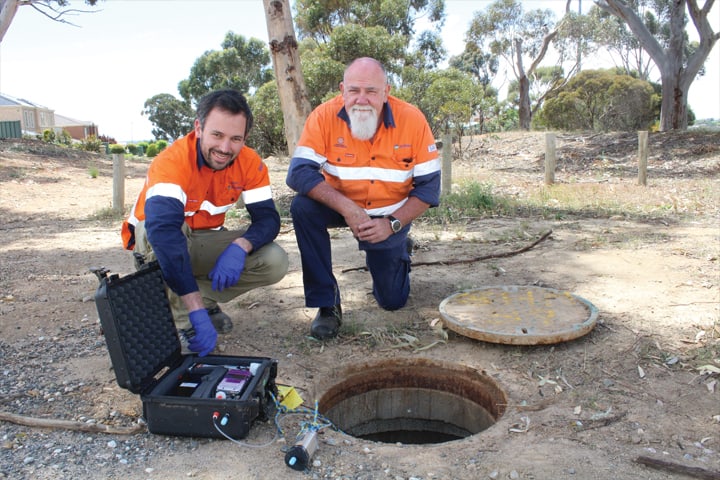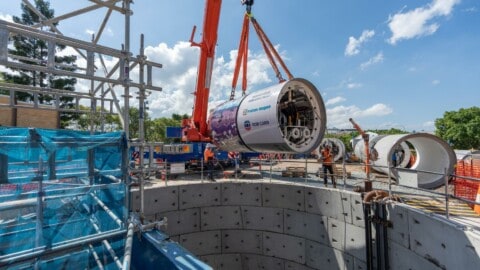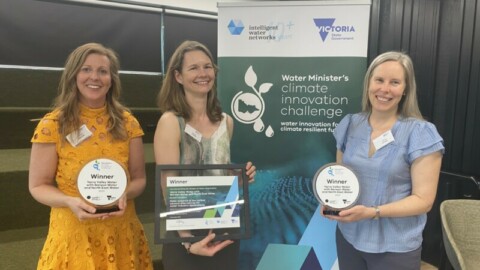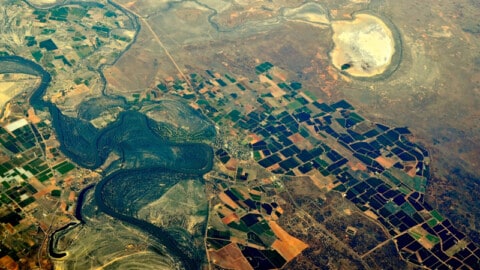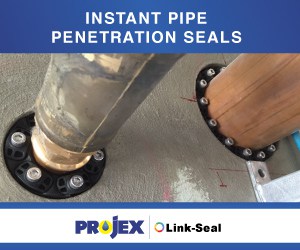To improve the services it provides its customers, SA Water has developed a custom-built analytics platform that enables it to manage real-time data from its wastewater network. SA Water is currently trialling the smart wastewater technology in order to implement predictive network management practices.
Gawler and Stonyfell are the two locations in SA Water’s $5 million trial of advanced smart technology, which aims to reduce the incidence and impact of sewerage network faults on its customers and the wider community.
The focus in Gawler, a township north of Adelaide, is improving the management of odours, where detectable levels have been consistently above average in some areas of the town.
The focus for Stonyfell is detecting sewer pipe blockages to prevent overflows, which occur in the Adelaide foothills suburb at a higher rate than other areas of the state.
By collecting and understanding network data, SA Water can improve the operation and maintenance of its assets, optimise asset life and provide more reliable services for its customers.
The utility’s move to smart networks (both water and wastewater) is driven by:
- Responding to customers’ demands for ever increasing service levels through the ability to predict problems before they affect customers
- Minimising impacts on the community and environment of unplanned events and shifting the focus to proactive network management
- Maintaining its reputation as a trusted water and wastewater services provider, and an early adopter of modern, user-friendly technological solutions
- The high potential for increasing efficiency and reducing the costs of the services it provides through mature practices for decision support using real-time information
Robust technology to monitor system performance, predict maintenance needs and optimise resource management is essential for SA Water to understand and operate its wastewater system and meet the needs of customers into the future.
Keeping odours at bay
Hydrogen sulphide (H2S) generated in wastewater networks attacks concrete, leading to accelerated deterioration of concrete mains and structures. To minimise corrosion, SA Water ventilates the wastewater network through the use of induct and educt vents constructed on wastewater mains and pump stations. This minimises moisture content in the air in the network and reduces the amount of H2S converting into sulphuric acid, in turn extending the life of the concrete wastewater assets.
However, ventilating the sewer network means H2S is released into the environment, which introduces the potential to create odours that can affect the community. These environmental levels are relatively low, however the human nose is particularly sensitive to H2S gas.
Smells coming from the Gawler sewerage network will be monitored by 88 H2S detection sensors and ten weather stations, to build a better understanding of odour behaviour and dispersion, and improve proactive management of the issue over time.
SA Water’s Senior Manager of Asset Management, Peter Seltsikas, said it is normal and in some cases necessary to have some odour emission, but the aim is to limit how noticeable it is for nearby residents.
“Inducts deliberately draw in fresh air and educts release small amounts of foul air, both of which help to extend the life of the pipes, but for the most part, these smells shouldn’t be detectable by people in the area,” Mr Seltsikas said.
“The underground sensors in particular – which can be remotely monitored – are our eyes and ears.
“The weather stations monitor climatic conditions like wind direction and speed as well as ambient air temperature, which can impact the way odours move and are experienced outside our network.
“Weather is one of the reasons sewer odour is so intermittent, but if we can learn what it’s doing in near-real time, we could for example, time our network ventilation for when the community will be least impacted.”
Measuring network odour across a specific catchment area enables SA Water to model odour dispersion and begin to investigate practical and innovative methods for reducing the odour. This could include flushing the wastewater network, adjusting the operation of pump stations, controlling vents to ventilate during times when odours are least likely to be detected and optimising current chemical dosing practices.
Predicting sewer overflows
SA Water currently manages wastewater overflow performance through a combination of preventative and reactive approaches. The Stonyfell pilot is developing a new way to manage wastewater mains choke rate and overflow performance by predicting overflows before they occur.
Mr Seltsikas said the smart technology will complement existing ongoing sewer maintenance programs by enabling a more targeted approach.
“We’ve equipped Stonyfell’s sewer system with 88 level sensors and one flow sensor, which monitor the movement of sewage in the pipes,” Mr Seltsikas said.
“This is giving us near-real time information on where a blockage is, making it easier to know where and when to send our crews to fix it, well before it can impact a customer.”
By receiving, analysing and understanding the data from these sensors, SA Water aims to detect the occurrence of surcharging and predict chokes as or before they form. This enables the utility to proactively dispatch cleaning crews to investigate and clear any chokes before they result in wastewater overflows affecting customers or the environment.
For SA Water, this is an innovative approach to managing its wastewater networks, which have up until now been managed through preventive maintenance, either by regularly cleaning mains or reacting to incidents after they occur.
SA Water’s new predictive approach has the potential to optimise maintenance costs across the network by reducing clean-up and costs related to unnecessary maintenance of assets.
Developing insight through data analytics
SA Water is leading real-time network tracking with its custom-built analytics platform, which brings these two trials together and enables it to better manage its wastewater network.
The analytics platform analyses real-time network performance data and develops responses to system changes. It shows where the smart sensors are placed in the network and monitors live data from the wastewater network, as well as in the environment and community.
SA Water can set and modify alarm trigger levels based on specific wastewater network parameters and then configure the response in the event that there are changes to network conditions.
The two pilots in Gawler and Stonyfell are in addition to an expansion of SA Water’s smart water network to four new locations across the state – Athelstone, North Adelaide, Penneshaw and Port Lincoln – after the success of a trial in the Adelaide CBD that has prevented 35 water main breaks since going live in July 2017.
“The success of the technology to date in the water space gives us confidence in achieving meaningful results in our wastewater operations,” Mr Seltsikas said.
“The combination of technology across both our water and wastewater networks, a world-leading analytics platform and the expertise of our smart network team will give us a more detailed view of our underground systems than ever before, and help us continually improve our customers’ experience.”
With its custom-built platform and ability to track real-time network performance, SA Water is developing a strong capability to more efficiently and effectively analyse and respond to causal factors that influence overflows and odour performance in its wastewater network.


